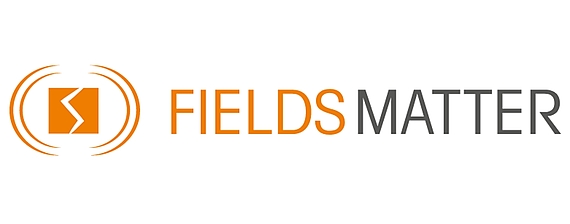From FAST to FLASH: Field assisted sintering of oxide ceramics with controlled electric field and current density
Topic
Flash sintering is a novel process for densification of ceramic materials. The process is based on forcing a current flow within a ceramic body by applying an electric field in combination with external heating. At an onset temperature, which is - amongst others - related to the material resistivity, the sample becomes sufficiently conductive and high electric current starts to pass through the sample accompanied by bright light emission and very fast densification in few seconds. Due to the fact that the electric power is almost completely dissipated by the sample, flash sintering is discussed to be very energy efficient and economic.Up to now, flash sintering has been only demonstrated on lab-scale using small dog-bone or bar shaped samples. Most influence factors of flash sintering are described on a very fundamental level in literature, but a systematic study how flash sintering and processing parameters interact is – to best of our knowledge – still lacking. A research concept is proposed, which aims on stabilizing the flash event by reliably avoiding hot spot formation, controlling the densification and tuning the microstructure. Main key for achieving these goals will be the development of current rate or power rate controlled flash sintering mode, which has been only rarely described in literature so far. Experimental work will be strongly supported by calculating the temperature distribution based on numerical simulations. Prospect of success of this concept is supported by results achieved during the first period of SPP 1959 by demonstrating current rate controlled flash sintering of Gadolinium doped ceria. Collaboration work with leading scientists in the field of flash sintering was initiated, which will be continued in the second period of SPP 1959. Furthermore, the model developed in the first period of SPP 1959 to predict densification and grain growth will be amplified by including specific effects of flash sintering, e.g. influence of high electric field.

Contact person(s)
Prof. Dr. Christoph Broeckmann | Apl. Prof. Dr. Martin Bram | Dr. Anke Kaletsch |
|---|---|---|
RWTH Aachen Institute for Materials Applications in Mechanical Engineering | Forschungszentrum Jülich GmbH Institute of energy and Climate Research IEK-1: Materials Synthesis and Processing | RWTH Aachen Institute for Materials Applications in Mechanical Engineering |
Augustinerbach 4 52062 Aachen | Wilhelm-Johnen-Straße 52428 Jülich | Augustinerbach 4 52062 Aachen |
Tel: (+49) 241 80 94321 | Tel: (+49) 2461 61 6858 | Tel: (+49) 241 80 96268 |
Fax: (+49) 241 80 92266 | Fax: (+49) 2461 61 2455 | |
Proj.-Nr. BR 1844/21-2 | Proj.-Nr. BR 3418/1-2 |

